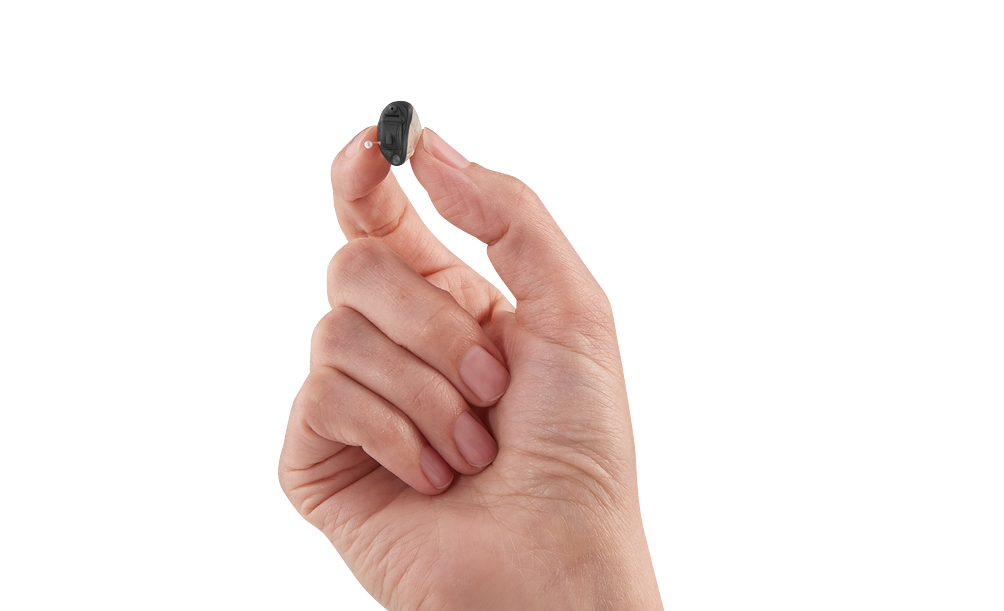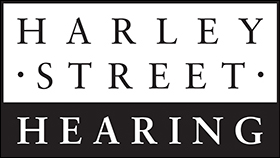You need custom hearing aid tips and here’s why
This might ruffle some feathers, but it needs saying: the hearing aid industry needs a wake-up call – and it starts with something as seemingly insignificant as the rubber dome on your hearing aid.
If you wear hearing aids or provide hearing care, this article could transform the way you think about hearing aid fittings. And no, I’m not just trying to create a stir. I’ve seen first-hand how small changes – like switching from a generic rubber dome to a custom tip – can revolutionise a person’s hearing experience.
So, let’s talk about it. No fluff. Just facts.
Why this matters: A personal & professional wake-up call
I nearly didn’t write this. Why? Because I know there’ll be some audiologists or providers who will cry foul, argue nuance, and ask for a break. But if you’re delivering a gold-standard service, this isn’t aimed at you.
This is for the 75% of hearing aid users still wearing generic, medical-grade silicone domes—even when those domes might be the very thing holding them back.
Let me start with a personal story. My own grandma (yes, Gran—thank you!) was struggling. Despite wearing hearing aids fitted elsewhere, she wasn’t hearing well and was constantly battling feedback. After switching her to custom moulds, her hearing improved dramatically.
She’s not alone. Many of my patients come to me after being underwhelmed by their current setup, often due to poorly chosen domes. So, if you’re using a standard rubber dome, here’s why you might want to reconsider.

5 advantages of custom tips
1. Comfort (Not the main reason – but worth mentioning)
Custom tips are made specifically for the shape of your ear. Whether through impressions or advanced 3D scanning, a custom mould gives you a secure, tailored fit that many people find far more comfortable than generic options.
But truthfully? Comfort isn’t the most important reason to make the switch.
2. Significant boost in sound quality
Generic domes often allow sound – especially low frequencies – to leak out. This compromises bass and clarity.
With custom moulds:
- Bass response improves, giving you richer sound for music and speech.
- Speech clarity increases because the mould prevents feedback, allowing the hearing aids to amplify higher frequencies effectively.
3. Better hearing in background noise
Open domes allow environmental noise to enter the ear canal unprocessed. This interferes with the sound processed by your hearing aid.
Custom tips reduce that interference. They allow your hearing aids to take control, cleaning up background noise and improving speech recognition—especially in busy places like cafés or restaurants.
You can own the most advanced hearing aids on the market, but if you’ve got the wrong tip on the end, you’re not hearing their full potential.

4. Precise venting for acoustic control
Custom moulds allow for precise control of vent size. This means your audiologist can finely balance:
- Natural ambient sounds
- Amplified sounds
- Airflow (to reduce the occlusion effect, where your voice sounds boomy
You get the best of both worlds—natural sound where you need it, and amplification where it counts.
5. Better streaming & call quality
If you stream music or take calls via Bluetooth, a custom tip is a game-changer. It traps sound, especially bass, inside the ear canal—resulting in:
- Fuller, more vibrant audio
- Improved clarity on calls
- Reduced external noise interference

When not to choose a custom tip
Before you rush out and demand custom moulds, it’s worth knowing when they might not be suitable:
1. They take getting used to
They can feel different and may not sound right at first. But trust the process—your brain adapts. Don’t let short-term discomfort derail long-term results.
2. Some clinics charge extra
Yes, custom tips involve extra work and some clinics charge for them. Personally, I believe they should be standard where needed. Fitting hearing aids without proper tips is like selling a car without tyres.
3. Time
Rubber domes can be fitted same day. Custom moulds usually take a couple of weeks. But, again, they’re worth the wait.
4. Hearing loss type
If your hearing loss is mild in the low frequencies but worse in the highs (common in age-related hearing loss), then a vented dome may be better—at least initially. Still, talk to your audiologist about trying a custom tip with a large vent.
So, should you get custom tips?
- If you’ve ever struggled with:
- Poor clarity in background noise
- Uncomfortable or loose domes
- Feedback or whistling
- Flat or tinny sound when streaming
…it might not be your hearing aids—it might just be the tip on the end.
So here’s my challenge to you: next time you see your audiologist, have the conversation about custom tips. Go in informed. Ask the right questions. Because when it comes to hearing, small changes can make a world of difference.
If you’re confident your tip is right, it might be time to review whether your hearing aids themselves are the best fit for you. Click here to explore my top picks for the best hearing aids of 2025.
Your Audiologist is Wrong: You Need Custom Hearing Aid Earmolds | Pros and Cons… VIDEO
Matthew Allsop is a Partner at Harley Street Hearing, and Europe’s biggest hearing technology Youtuber for Hearing Tracker, where he shares his honest opinion on all new hearing aid technology. Hearing Tracker is the world’s first truly independent resource for hearing aid customers. You can view his video on custom hearing aid tips below.
Enjoy this article? You might be interested in some of our others:












